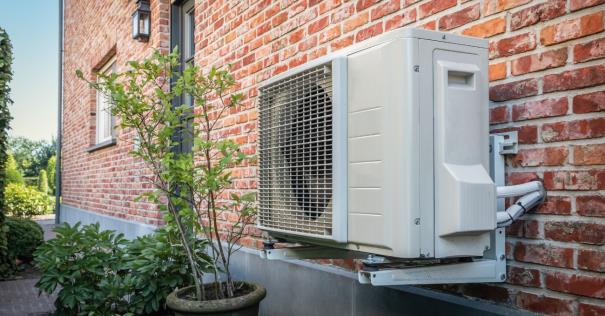Heating and cooling accounts for about half of global energy consumption and is responsible for more than 40% of energy-related carbon dioxide emissions.
Considering that only a third of people living in hot climates possess cooling appliances, the energy demand for heating and cooling is expected to surge, especially with global temperatures on the rise. This emphasises the urgent need to transform and decarbonise the sector.
Highly efficient electricity-driven heat pumps will be vital in this effort, especially for space and water heating in buildings where cooling is largely electrified
Heat pumps are devices that use electricity to move heat from one place to another. Think of them as “reversible air conditioners”. Just like a fridge keeps your food cold by taking away its heat, heat pumps can either pull heat from the outside to warm a building or push it out to cool the building. They can get this heat from various sources like outside air, water from rivers or lakes, the ground, or even leftover heat from industrial processes. These same sources can be used as heat sinks in cooling mode.
Heat pumps are very energy efficient devices. They can provide three to six units of useful thermal energy for each unit of electricity consumed. In comparison, traditional combustion-based heating systems only provide less than one unit of thermal energy for each unit of energy consumed.
They are also versatile. In cases where buildings have existing gas infrastructure, heat pumps can be combined with in-place gas-fired boilers to minimise efficiency drops in heat pumps in colder weather, helping to increase users’ confidence in transitioning to an electrified heating supply.
This type of hybrid heat pump solution will supply most of the heat, generating immediate savings in energy costs, as well as reduce the need to increase the peak electricity load on the grid, which might otherwise be required to power heat pumps during severe cold spells, when heat pumps are less efficient.
The ability to switch between two energy carriers – electricity and heat – adds resilience to the energy system and can reduce costs when using smart controls that factor in energy prices. Over time, the remaining gas use could be replaced with decarbonised fuels, such as renewable biogas.
Heat pump advantages go beyond their high efficiency and hybridisation with traditional heating systems. They can be aggregated to provide services to the grid and, in return, revenues to the heat pumps’ owners.
One example mentioned in IRENA’s Innovation Landscape Report is the Swiss company Tiko, which aggregates heat pumps, refrigerators and other electrical appliances owned by many customers to create what is now the largest virtual power plant in Europe. Aggregating more than 7,000 households, Tiko’s virtual power plants have a total capacity of 100 MW, making it one of the largest virtual power plants in Europe.
This type of virtual power plant company uses digital platforms to control these appliances to shift or reduce peak demand, providing valuable flexibility to the grid while also reducing users’ bills. The platform also couples the power consumption of appliances with private electricity generation, such as rooftop PV, to further reduce bills.
To limit rising global temperatures to 1.5°C, IRENA’s roadmap to net zero suggests that nearly 800 million additional heat pump units need to be installed by 2050. This represents a 14-fold increase from the roughly 60 million units installed today, paving the way for a significant scale-up of grid services provided by this highly efficient heating technology.
The innovative uses of heat pumps, their beneficial impact on consumers, and strategies to increase adoption are topics that will be discussed in depth during a session on the electrification of heating and cooling in buildings at IRENA’s Innovation Week taking place in Bonn from 25th to 28th September 2023.
Innovation Week is an agenda-setting event for IRENA’s journey to COP28, highlighting our role as a global convener of cutting-edge sustainable solutions to accelerate the global energy transition. It will convene leaders, experts, industry representatives, academics and policy makers to discuss cutting edge innovations that can support and accelerate the global energy transition.
For more on heat pumps, read IRENA’s “Innovation Landscape for Smart Electrification” report, which highlights 100 key innovations that can form the basis for smart electrification strategies.
To request an invitation to Innovation Week, please click here.


